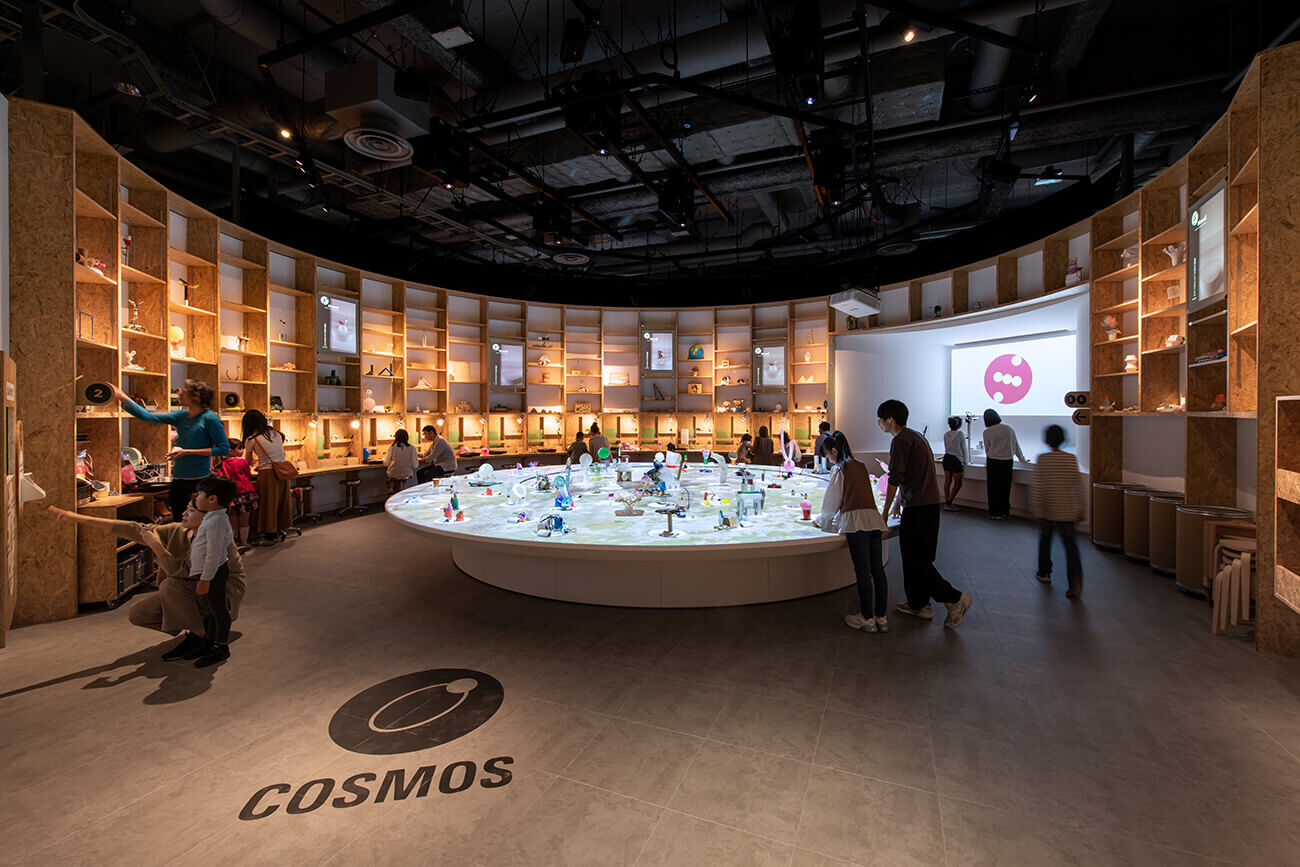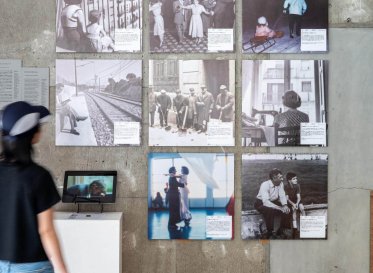
Be Creative Naming! Let's Have Fun Naming Spaces
A restaurant owner can convey a concept through the name of their restaurant. When parents name their children, they envision the kind of person they want them to become. Naming is a creative process anyone can have fun doing.
Here are 3 techniques you can use to come up with a unique name for a space:
Using Old Wisdom, Remixing, Anagrams: 3 Techniques For Naming Spaces
Naming is a key element of concept-making and determines the identity of a place. In this edition, Loftwork’s Chief LAYOUT Officer, Haime Matsui, has created a guide that will allow anyone to come up with a unique name for a space. He has led various spatial design projects such as KOIL, 100BANCH, and AkeruE, including naming those spaces.
The LAYOUT unit designs spaces at Loftwork.

Author | Hajime Matsui, (Layout Unit CLO (Chief Layout Officer))
Born in 1982, he studied architecture at a vocational school and majored in urban planning at university. He founded “Yokosukan,” an urban development group in his hometown of Yokosuka, Kanagawa. In 2012, he joined Loftwork and produced 100BANCH, SHIBUYA QWS, and AkeruE. He started and became the manager of the LAYOUT Unit, which focuses on cities and spaces. Since his student days, he has been interested in fostering communities where the internet and real places intersect. His nickname is Hajime-chan.
Edited by Mariko Suzuki (Loftwork Inc.)
*This article was edited based on Matsui’s NOTE article.
Naming, a Troublesome Yet Enjoyable Process
It has long been said that “the name speaks for itself”. Naming is the foundation of concept-making, the establishment of identity and branding itself. A restaurant owner can convey a concept through the name of their restaurant. When parents name their children, they envision the kind of person they want them to become. Naming is a creative process anyone can have fun doing.
When naming my son, the process was one of the most difficult, enjoyable and enriching experiences of my life. Through naming my son Subaru, Japanese for the Pleiades star cluster, I expressed my wish that he would cherish the different personalities of each individual and remain tolerant and kind towards everyone.
Loftwork has produced spaces with unique names such as KOIL, 100BANCH, and AkeruE. Each time, they have entrusted the naming of places to LAYOUT members.
In this issue, I will share some of the team’s naming techniques.
Naming Techniques Used In CODO
CODO is the new concept space for co-creation offices at Suzuyo Co. headquarters. It represents the company’s future transformation (see photo).

Technique 1: Learning from the past
The first step is to learn from the past, to find a new perspective by re-examining and rethinking what you already know. This helps dig deeper into the initial or original concept.
Examining the kind of place it was originally, what concepts should be preserved, and what ideas it should be connected in the future, can provide useful inspiration during the naming process.
In the case of Suzuyo, a company with over 400 years of history, the team took special consideration of the philosophy the management had cultivated over the years. Suzuyo’s management listed various keywords that identified the company, among them the word: Tomiki (ともいき). Suzuyo’s slogan has long been “Tomoiki”, which means “living together” and “going together”. If there is Co-Creation, Co-Working, and Co-Living, then Tomoiki can be described as Co-Doing (Co-Do).
Technique 2: Remixing
Sometimes choosing one word is not enough to encapsulate space’s concept. When only one name can be given to a space, but you want to add multiple meanings, combining languages can help solve the problem, such as <English as if were Japanese> + <Japanese as if were English>. This 2nd technique is called “Remixing”.
CODO was originally the head office’s auditorium (pronounced as Kōdō in Japanese). The auditorium, which was used for induction ceremonies and company events, was renovated into a new Kōdō space for co-creation. The LAYOUT team at Loftwork named it CODO by combining the concept of “Co-Do” and the previous auditorium (Kōdō) atmosphere.
People should steer away from using the English language by itself (e.g S-Labo), coined words from English (e.g Spacy), or abbreviations (e.g SZY). Such methods can make the name difficult to read and hard for people to relate to. Likewise, using just Japanese makes the name appear plain and difficult to apply to subsequent designs. In the following section, I will introduce a technique for creating novelty through a recombination of English letters.
Naming Techniques used in AkeruE

Technique 3: Anagrams and Reverse Spelling
In addition to the aforementioned techniques, the Panasonic Creative Museum AkeruE used a third technique, the random recombination of letters (anagrams) or inversion of words (reverse spelling).
The name AkeruE (アケルエ) hopes children set forth the dawn (Ariake (アリアケ)) of a new era through their curiosity. Its name is derived from the Japanese word Akeru (アケル), which means dawn, open or make. Panasonic also uses blue as its official color to represent the sky before the sun rises over the horizon. Dawn or Ariake (アリアケ) symbolizes a sense of future and expectation. (← Technique 1: Learning from the past).


The concept of Tsukuru Space is a “creative museum” where children’s “inspiration takes shape”. We believe that the most important element in children’s creativity is inspiration, the “I’ve got an idea!” concept. While searching for a word that summarizes the concept, our team members found the Eureka, a Greek word which means “I got it” or “I had an inspiration”.
With the following words Ariake (アリアケ), Akeru (アケル), and Eureka, the team remixed (Technique 2) and reverse spelled (Technique 3) to form AkeruE, which read backwards is Eureka.
When we finally got it, I thought, “Eureka (I got an idea!)!”

There is nothing better than a name that people will love for a long time.
Using too many of the techniques may not be ideal, but the fun in designing lies in integrating multiple perspectives.
The act of designing a unique name is as fun and creative as spatial design. However, prior to naming, it is essential to discuss the concept you or your clients want to create for the space.
After a thorough discussion, it is not difficult to brainstorm ideas and integrate them in a way that embodies the concept. The process becomes easier for anyone after some training. (Final agreement with the client, however, is another matter!) We encourage you to try your hand at unique naming.
Finally, whatever technique is used, it is important to keep in mind that you want to create a name that people who gather at the space will love for years to come. This is the hardest part of all!

Next Contents











